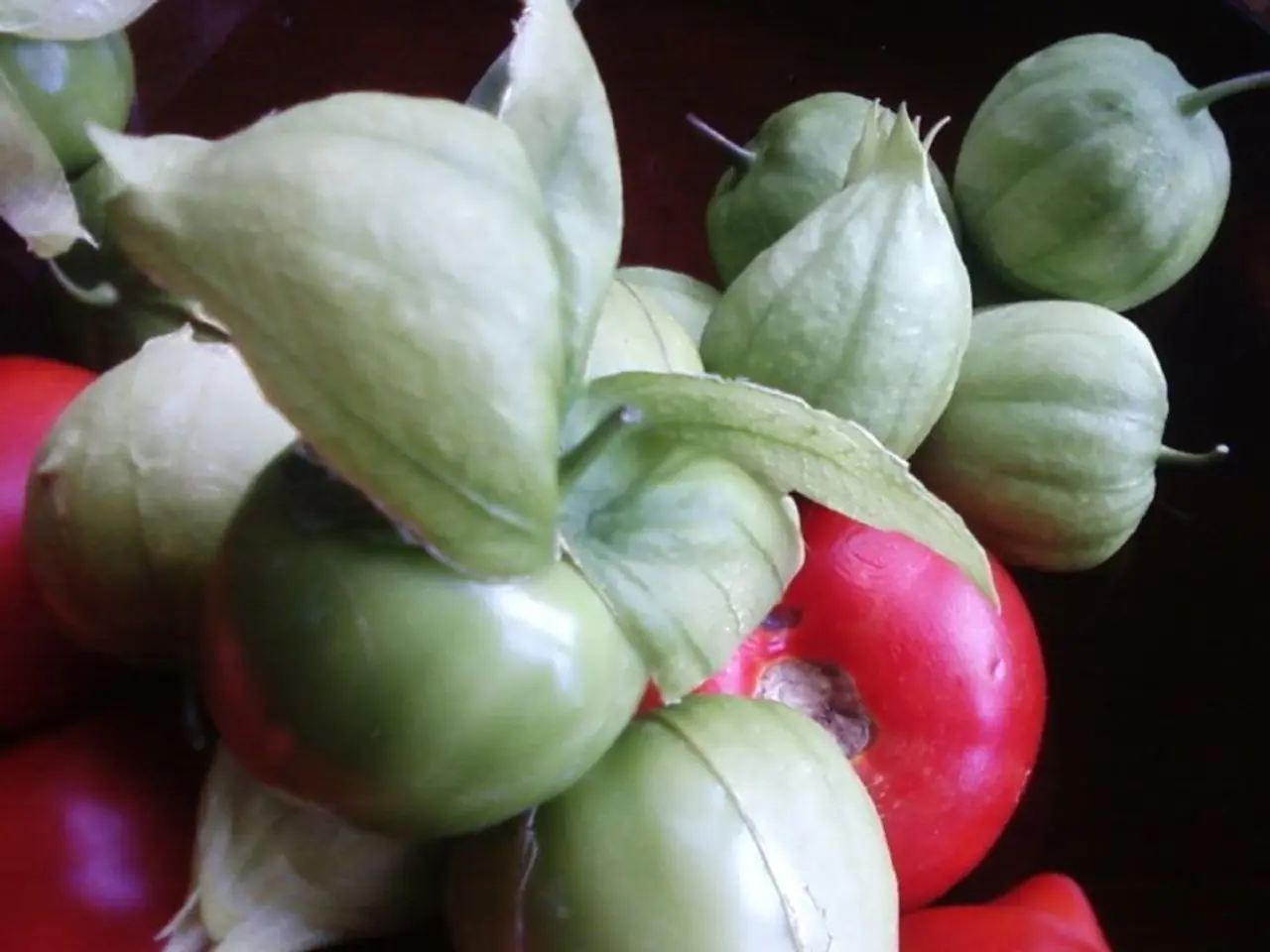Impact of Climate-Adaptive Crops on Agricultural Income
In the face of climate change, the agricultural sector is evolving to meet the challenges posed by unpredictable weather patterns, water scarcity, and increased pest infestations. The focus is shifting towards climate-resilient crops, plants with traits that help them thrive in challenging environments.
These crops, such as quinoa, sorghum, millet, and cassava, are not only adaptable to adverse conditions but also contribute to food security. By maintaining crop yield even in unfavorable conditions, they ensure a steady food supply under changing climate conditions.
The benefits of climate-resilient crops extend beyond food security. Adopting these crops encourages changes in traditional cultivation methods, such as new planting schedules, no-till farming, and crop rotation. These practices not only enhance soil health but also reduce chemical inputs, promoting microorganism growth and contributing to a more sustainable agriculture.
Moreover, these crops play a crucial role in protecting local flora and fauna. A balanced ecosystem has more resilience against pests and diseases. Cultivating diverse crops improves soil health, which benefits the environment and supports more organisms, enhancing the overall ecosystem. Crop diversity can also attract beneficial insects, like pollinators, which support agriculture and promote biodiversity.
The long-term economic viability of agriculture depends on its ability to adapt to climate challenges. Embracing sustainable agriculture practices, such as adopting climate-resilient crops, can lead to improved financial outcomes over time. In many regions, the adoption of resilient crops has led to significant increases in income among farmers.
Governments play a crucial role in promoting farming practices that encourage biodiversity and support farmers adopting these methods financially. Investing in education about drought and pest resistance is essential for success in adopting climate-resilient crops.
Retailers seek foods with reliable availability, making climate-resilient crops attractive to businesses. The market demand for climate-resilient crops is increasing due to consumer interest in sustainable agriculture and environmentally friendly products.
Innovative technologies, such as precision agriculture, drones, and sensors, help optimize resources and provide valuable insights into crop health. These technologies can help farmers make informed decisions about their crops, further enhancing the sustainability and resilience of their practices.
The development of climate-adapted plants is essential to enhance agricultural sustainability, preserve biodiversity, and ensure food security under changing climate conditions. Examples include almond trees as a response to warming climates and tree species adapted to warmer climates used in forest management to create climate-resilient forests.
In conclusion, the shift towards climate-resilient crops is a significant step towards a sustainable future for agriculture. By adopting these crops, farmers can not only ensure food security but also contribute to a healthier environment and improved financial outcomes. It is a win-win situation for all involved.








